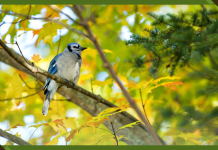Written by: Claire Asher
“Plant a tree!” has become a go-to, nature-based solution and green rallying cry, proclaimed in the mainstream media by climate-conscious celebrities, corporations and influencers eager to promote mega-planting projects. These reforestation efforts often bring out thousands of volunteers — shovels in hand — to abandoned cow pastures and other degraded landscapes to disperse millions of small saplings.
Regardless of whether these initiatives are sincere attempts at conservation or cynical greenwashing exercises, tree planting is often portrayed as a silver bullet to mitigate climate change — sometimes allowing polluting industries to continue with business as usual by counting proposed reforestation as carbon offsets.
Tree planting is usually marketed for its carbon storage benefits and for mitigating rapidly growing greenhouse gas emissions. But these projects often have other valid and laudable environmental and social goals, such as regulating water cycles and preventing desertification, protecting against soil erosion, restoring biodiversity, and alleviating poverty.
The oft-cited goal is to plant a trillion trees by 2050, which global NGO Plant-for-the-Planet says could capture up to a trillion metric tons of CO2. Likewise, the Bonn Challenge, launched in 2011 by global wildlife conservation authority the IUCN, has accrued pledges to restore 210 million hectares (519 million acres) from governments and NGOs. Reforestation in Brazil and many other forest-rich countries has even become key to these countries meeting their Paris climate agreement carbon commitments.
Consequently, billions of dollars have been committed to tree-planting efforts by governments, private companies and NGOs worldwide.
But long after the volunteer planters go home, out of sight of TV cameras, many forest restoration efforts fall far short of their lofty goals. Behind the hype lies a string of failed projects and unintended consequences that have left a bad taste in the mouths of investors, politicians and some environmentalists. Though many projects never report their results, the few estimates that exist suggest anywhere between 20 and 100 percent of seeds and seedlings planted die.
Poor planning, execution and inadequate monitoring contribute to reforestation failures. Often, underlying causes of already occurring local deforestation aren’t addressed by the projects, dooming newly planted forest to the same fate. Or the trees planted are the wrong ones and not well suited to the habitat. In other cases, a lack of long-term monitoring or community support means that newly planted trees are neglected or cleared.
The challenge, then, is to match rising demand for restoration with ecologically sound, scalable reforestation methods — solutions that better address the many technical, environmental and social challenges that have so far prevented tree planting from living up to its promise.
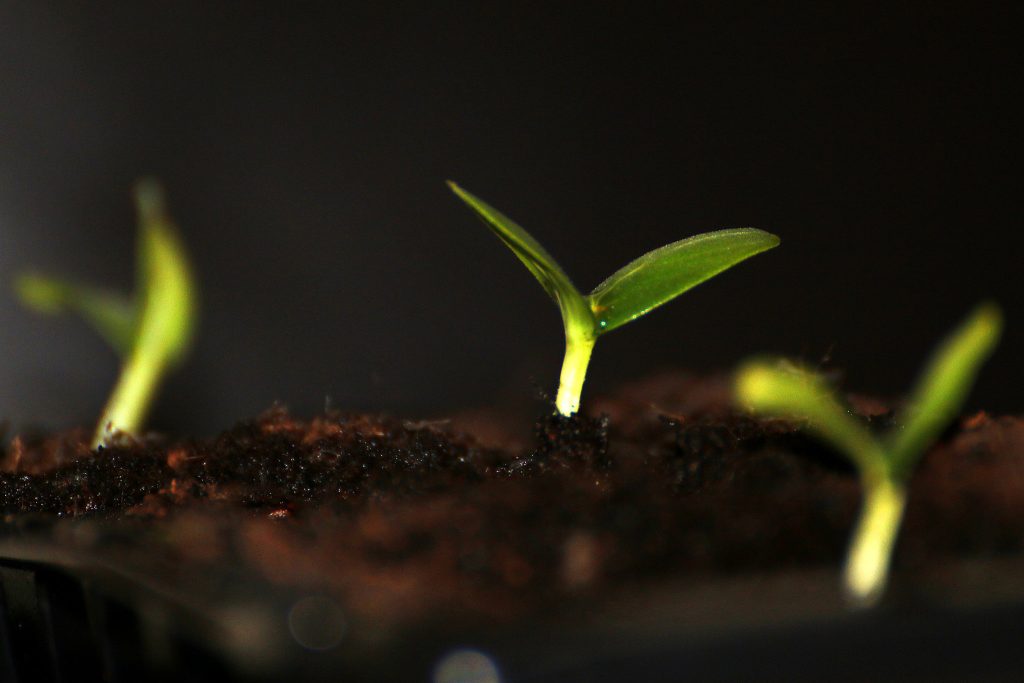
Planting with, not against, nature
Tree-planting initiatives face myriad hurdles. For starters, tree planting isn’t always the right approach. “Many people think restoration means the mass planting of trees. [But] this is not how we achieve global restoration,” explains Tom Crowther, an ecologist at ETH Zürich in Switzerland.
Ecologists recommend natural forest regeneration as a first priority, where degraded land is allowed to recover on its own without a single seed or seedling being planted.
Of course, some forests are unlikely to recover on their own. “Soil degradation or invasive species can limit this natural regeneration process,” says Crowther. In these cases, active interventions — such as soil treatments, rewilding animals, or microbiome inoculations — may be used to help sites restore naturally. Also, if there are no standing forests nearby to seed regrowth, then tree planting can lend a helping hand.
But tree planters need to plan with nature in mind: carefully selecting native species able to thrive in local conditions.
The wrong tree species planted in the wrong place can do more harm than good. For example, non-native species planted in drought-prone regions can exacerbate water scarcity, and forests planted in grassland ecosystems can actually reduce carbon sequestration and increase air temperature. Plantation forests, too, are a problem; they lack biodiversity and are more prone to disease and fire.
Choosing multiple native species, each with different functional roles, is crucial to creating balanced, resilient, long-lasting ecosystems. “Successful restoration is never the mass plantation of monocultures,” Crowther notes.
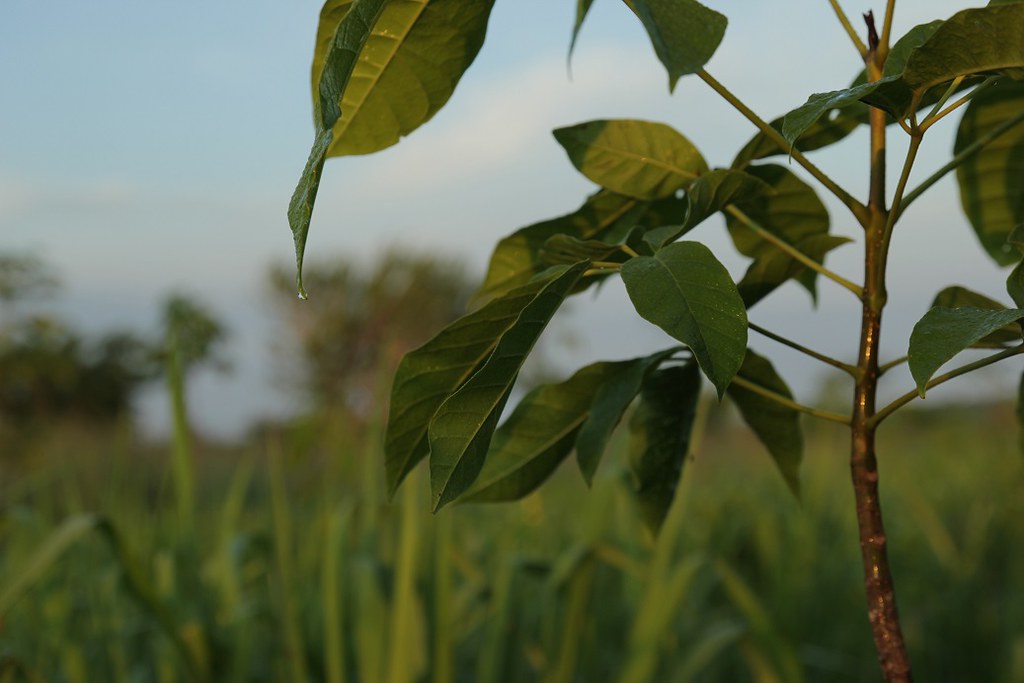
Right tree, right place
Clearly, such in-depth planning can’t be haphazard. Instead, conservationists need to gather complex statistics and feed that data into sophisticated computer models to understand the environmental niche of a particular species, and determine precisely where that niche exists in a given degraded landscape.
Advances in artificial intelligence have lately allowed scientists to boost the accuracy of these computer models, using machine learning to perform detailed analyses of thousands, or even tens of thousands, of ecological niches for future climate scenarios.
But much more data on the physiology and ecology of different tree species — especially tropical trees and others that have historically been understudied — is needed to help scientists home in on the right species for each ecosystem.
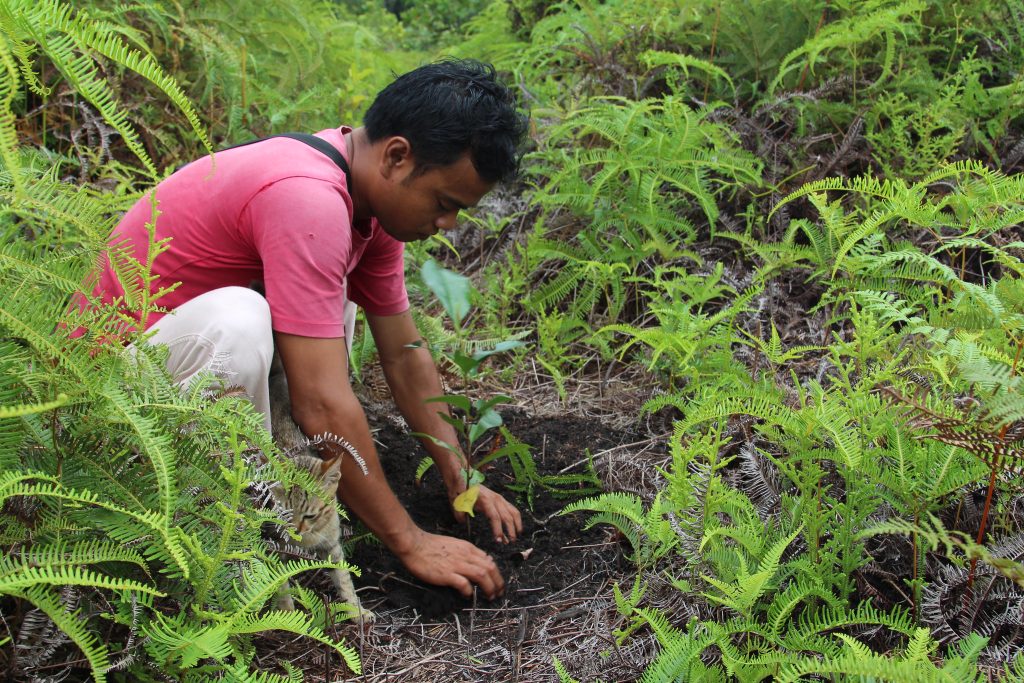
Smart planting
Once appropriate species have been identified for a location, the next challenge is planting those trees, either as seeds or saplings, and giving them the best possible start in life.
Most often in the past, this has involved large numbers of people going out with shovels to plant saplings one by one — an inspiring photo op, but extremely labor-intensive and time-consuming. Tree planting at scale has proven difficult, but new technologies are helping make the task far easier, faster and more effective.
“Scale is the biggest challenge to restoration and reforestation projects worldwide,” says Charlotte Mills, chief ecologist at AirSeed Technologies in Australia.
Seed-sowing drones can autonomously drop seeds in precise locations, especially at remote and difficult-to-access sites where volunteers are unavailable. The seeds can even be prepackaged in custom-designed pods containing just the right nutrients for a plant as it starts out.
Advances in “swarm” robotics mean that many drones can work together simultaneously, supervised by a single pilot. This kind of one-to-many approach will be essential to scaling up restoration projects to meet global reforestation and climate targets.
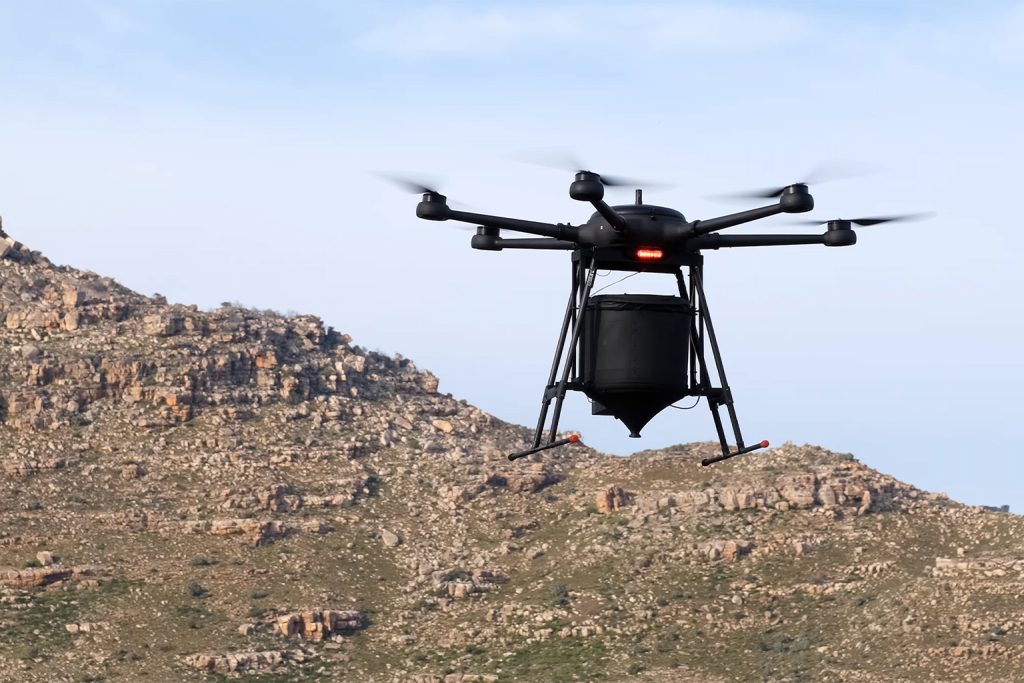
In it for the long haul
The final step in the restoration process, one all too often forgotten amid the enthusiasm of big reforestation projects, is monitoring of the growing trees long after they’re planted.
“I think a lot of the time that’s what’s missing, because it’s not just planting trees, but it’s really helping them get established,” says Cynthia Gerlein-Safdi, an ecohydrologist at the University of California, Berkeley.
Without ongoing monitoring, accompanied by responsive long-term support, new seedlings are left to fend for themselves, having little defense against disease, fire and illegal harvesting. Without monitoring, scientists also lose a valuable feedback opportunity, failing to collect ongoing data that can turn mistakes into more effective and resilient future projects.
One reason so few reforestation projects include monitoring is that the traditional way of doing the work — sending people out to assess the health of trees — is incredibly time-consuming and labor-intensive.
Trees can take years, even decades, to mature, so conducting this type of field monitoring for a large plot of land from first planting through to mature forest is prohibitively expensive.
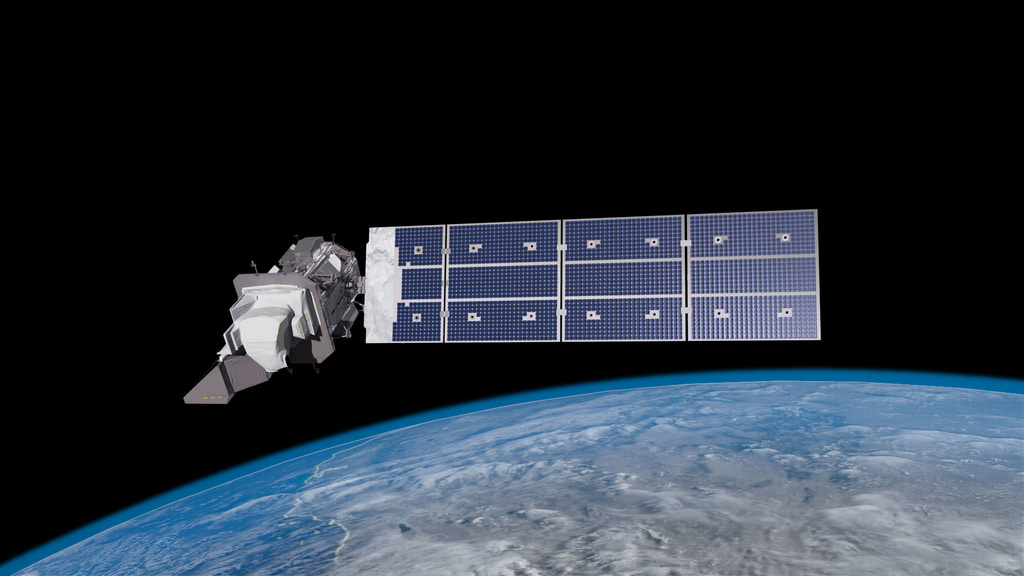
Satellites can help solve the monitoring problem by providing extensive large-scale data sets over time on the success or failure of reforested sites. The latest satellites are kitted out with high-resolution cameras, laser scanners and other sensors that help researchers understand how trees are faring. More detailed data can be gathered by drones fitted with sensors and flown over growing forests.
Perhaps the ultimate solution to forest monitoring, however, is to attach sensors to the trees themselves. That’s already being done, using QR codes, GPS trackers, and distributed sensor networks strapped to tree trunks. Many more high-tech methods are springing up to improve real-time data gathering and facilitate remote, long-term observation of new forests in detail.

Making forests work for everyone
Not all reforestation solutions are high-tech. Local knowledge and long-term local support are crucial to successful restorations.
“Restoration means finding the solutions that make healthy biodiversity the economic choice for local people,” says Crowther. “When nature becomes the economic choice for people, you cannot stop [forests] from growing across the landscape.”
Well-designed tree-planting projects that meet ecological needs and that are developed in partnership with local communities can reap dividends for everyone for decades to come.
“Human life and the health of our environment are intertwined,” says Mills. “Through our social impact projects, we are seeing firsthand how working on restoration can contribute to the well-being of a community.”
This reliance on the buy-in of local people didn’t always occur in the past, with top-down restoration mega-projects sometimes forced on traditional or Indigenous communities without their consultation.
While high-tech solutions can save time, work and money, they can’t do the job alone. Local people need to be engaged as full participants in reforestation projects from the start, bringing benefits to their livelihoods, lifestyle and recreation.
Protect, restore, replant — cut emissions
While a huge amount of excitement and high finance have powered global tree-planting efforts lately, there’s a far better, far more efficient approach that is all too rarely considered: Preventing deforestation in the first place.
An estimated 15 billion trees are cut down each year, cancelling out much of the hard work being put into reforestation and restoration. Protecting existing forest tracts is a cheaper and quicker solution for storing carbon and maintaining biodiversity.
Taken together, this triad of forest-focused approaches — halting deforestation, helping degraded ecosystems recover naturally, and planting trees in an efficient way — could have a major impact on the climate crisis.
However, these techniques must also go hand in hand with drastically curtailing fossil fuel production and reducing greenhouse gas emissions if we are to avoid catastrophic warming, which could kill off forests and release stored carbon on a massive scale.
“We have to stop emitting and we have to get the trees in the ground. We need both halves of this equation,” says Raymond Menard, founder of U.S. biotech company Spades.
Planting trees is often hyped as a quick fix to the climate and environmental crises, but the reality is more complex. While the recent scale of investment in planting is heartening, those efforts can’t generate significant returns — sequestering carbon, boosting ecosystem services, and conserving biodiversity — unless the latest technologies offer strong evidence-based planning, coupled with a long-term commitment to preserving ecosystems and local communities.
High rates of project failure are discouraging some investors, causing them to question whether tree planting is worthwhile. But companies and governments need to invest more in tree planting, not less, to curb climate change, Menard believes. “The cheapest tree you can grow is the one that lives. The one that dies, that’s a total loss.”
Header Image Caption & Credit: Seed-sowing drones can drop seeds in precise locations. Image courtesy of Mast Reforestation.
This article originally appeared on Mongabay



